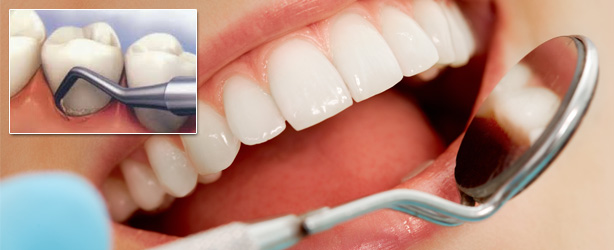
Gum disease when detected early can prevent a lot of further complications. Though regular cleaning of teeth can avoid diseases of gum, even if you do get this disease it can be treated without surgery through a procedure called scaling and root planing. There are various resources available online to get more information on dentists who perform this process. Many dentists now suggest scaling and root planning before tartar or plaque does a lot of damage to your gums says reports from www.webmd.com.
What is gum disease?
It is a condition which causes inflammation of the gums. If this condition is not treated as soon as possible, it can get worse affecting the gums and the teeth. The main reason for the cause of gum disease is due to plaque. When plaque is left on the teeth for a long time, it turns to tartar. While plaque can be removed by brushing and flossing, removal of tartar is done only through cleaning of teeth by a dentist. When tartar is removed, the gums are protected against diseases.
What is scaling and root planing?
When your teeth are not cleaned adequately, plaque gets formed in the front, back and in gaps between the teeth. When left for an extended period, it becomes tartar and can result in gum diseases. To prevent this buildup, dentists recommend professional cleaning, however, in some cases, this is not enough. That is because the excessive plaque can cause the swelling of gums and hence cleaning also becomes inadequate. You will start to notice open spaces between gums and teeth which can eventually lead to loss of bones. When the bacteria begin to interfere in the process of breakdown of the substance, scaling and root planning is recommended.
Also called deep cleaning, the first part of the process starts with plaque removal and then cleaning the tartar including the pockets below the gums. The dentist then through scaling smoothens the rough areas of the surface of the root so that the gums can reseal for the teeth to reattach itself.
Followed by scaling is root planing wherein the surface of the root is cleaned and smoothened so that there is no space for plaque-causing bacteria to build up.
Importance of this process
This procedure is needed to prevent gum diseases which can result in loss of the tooth. The bacteria which is present in the pockets cause a lot of discomfort like bad breath, bleeding and tender gums while brushing and flossing, etc. This procedure helps those patients with such oral problems a chance to not only contain loss of bone but also eliminate the symptoms of this disease.
It is the best procedure a dentist can suggest as it does not involve surgery for treating a gum disease. If spaces between your gums and teeth have increased scaling and root planning is necessary.
What to expect after the procedure
After undergoing this process, the symptoms that you earlier felt will be gone. The gums may feel sore for a week post-treatment. Depending on the location and the intensity of the disease, you may see bleeding, swelling and general discomfort in your gums and can last for a month.


Leave a Response
You must be logged in to post a comment.